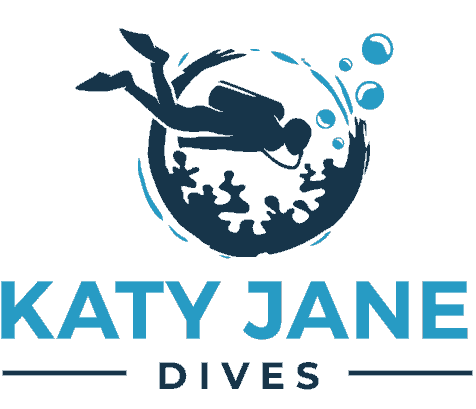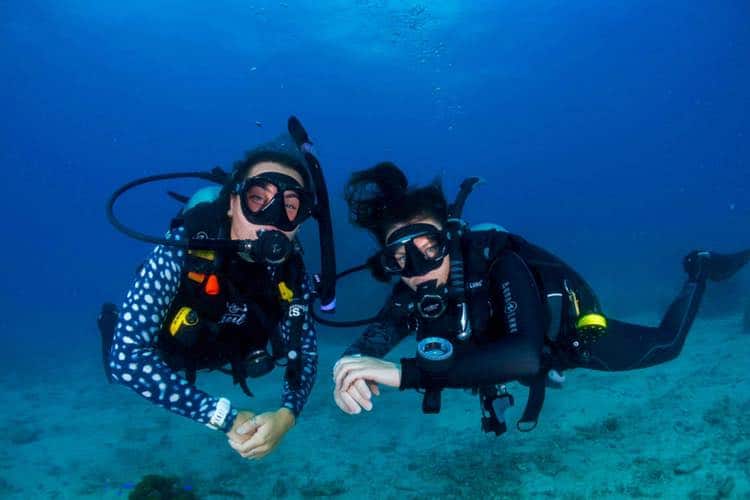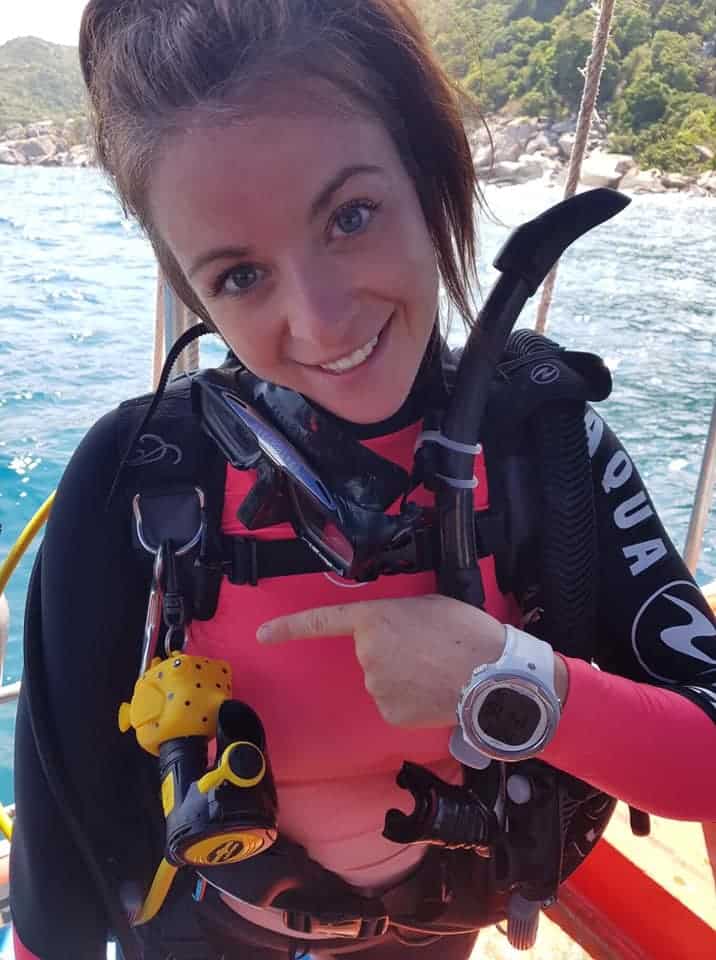The UK’s diving scene offers a unique blend of rich marine biodiversity and historical wrecks, making it a fascinating destination for divers. Noteworthy sites include Scapa Flow, renowned for its World War wrecks, and the protected areas around Lundy Island and the Farne Islands, where divers can interact with friendly seals.
These locations, along with the UK’s commitment to marine conservation, provide divers with unforgettable underwater experiences, showcasing everything from vibrant corals to significant naval history.
Table of Contents
Quick Look
- Farne Islands, Northumberland.
- The Drinking Dragon, Isle of Man.
- Lundy Island, Devon.
- Anglesey, Wales
- St Kilda, St Hebrides.
- HMS M2, Dorset.
- Scapa Flow, Orkney.
- Swanage Pier, Dorset.
- The Manacles, Cornwall.
- Capernwray,Carnforth
Enjoy a different experience with seals, wrecks and famous dive sites across britain
Best Dive Sites in the United Kingdom
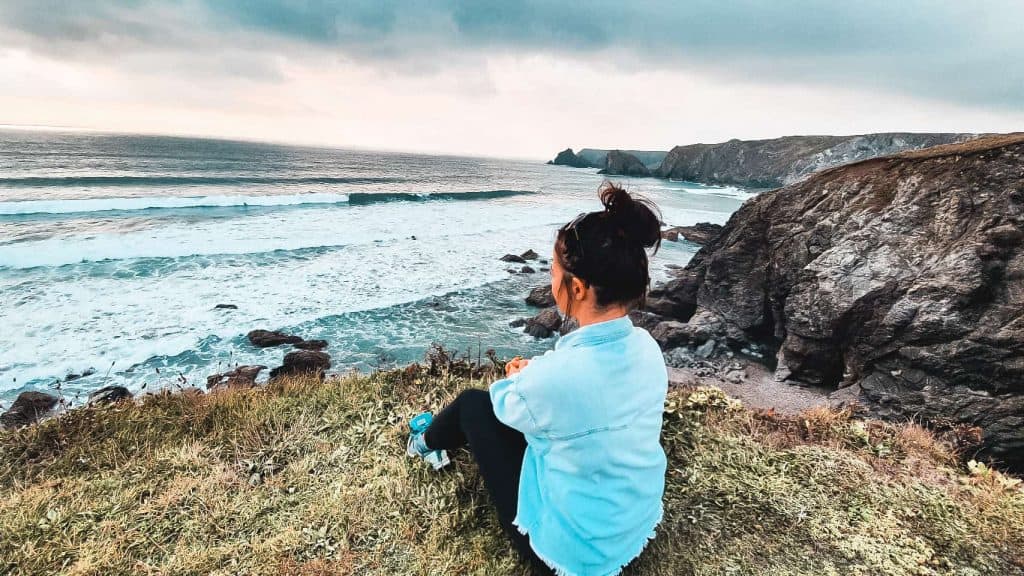
Diving in the UK offers an impressive array of underwater landscapes accessible within a few hours from any location, emphasising the nation’s diverse dive sites.
From the extensive coastline to inland water bodies like quarries adapted for diving, the UK is a haven for both novice and experienced divers seeking adventure close to home.
This proximity to varied underwater environments ensures endless exploration opportunities, showcasing the UK’s unique geographical advantage for diving enthusiasts.
Farne Islands, Northumberland
The Farne Islands in the UK are celebrated for their exceptional underwater experiences, particularly known for seal encounters that delight divers of all levels. This archipelago offers clear waters and a rich array of marine life, making it a top choice for those looking to explore vibrant underwater landscapes.
Divers can enjoy the playful interactions with the local seal population and explore the varied marine habitats the islands offer, ensuring a memorable diving adventure off the UK’s Northumberland coast.
The Islands can be accessed by boat from Seahouses, a small fishing village on the Northumberland coast. This location serves as the primary departure point for dive trips to the islands, offering a convenient gateway for explorers looking to engage with the local marine life and enjoy the area’s underwater beauty.
The Drinking Dragon, Isle of Man
Located at the southern tip of the Calf of Man, The Drinking Dragon stands out as a dive site for its enchanting underwater topography and rich marine biodiversity. This location is adorned with fascinating geological formations resembling sculptures, covered by a lush blanket of dead man’s finger soft corals.
Amidst the fierce competition for space, divers can find vibrant snakelocks, dahlia anemones, and have the thrilling chance to encounter grey seals. The site’s unique features and the array of marine life make it a memorable dive spot in the Isle of Man, UK.
Lundy Island, Devon
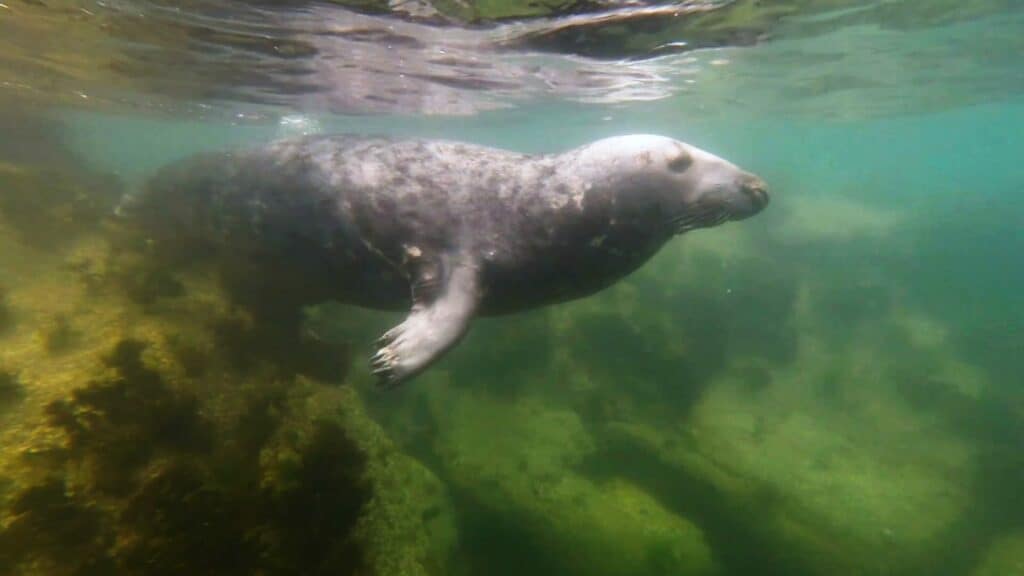
Lundy Island, off the Devonshire coast, is celebrated for its dive sites, renowned for clear waters, rich marine life, and historic wrecks under conservation protection. Divers here can marvel at lobsters, playful seals, and avoid the beautiful yet stinging jellyfish.
Lundy Island’s marine ecosystem is safeguarded under several conservation designations. Initially recognised as a Marine Nature Reserve in 1986, it became the UK’s first Marine Conservation Zone (MCZ) in 2010, aiming to protect spiny lobsters and the island’s unique habitats, including reefs and sea caves.
This MCZ, along with a Special Area of Conservation established the same year, helps preserve the island’s significant grey seal population. A comprehensive Marine Management Plan ensures these protections are upheld, offering a blueprint for maintaining the area’s natural beauty and ecological integrity.
Since 1969, the National Trust and the Landmark Trust have jointly overseen Lundy, focusing on conservation and restoration of the island’s unique qualities. Their collaborative efforts ensure that every visit and stay contributes to the preservation of Lundy’s natural landscapes, historic buildings, and diverse wildlife, securing its future for generations to come.
I have visited Lundy Island to dive and snorkel a few times and it never disappoints. Find out more information on this beautiful island in my Diving with Seals at Lundy Island blog.
The interactions with the seal populations at Lundy are some of the best in the UK.
Watch my Instagram reel to see how close we got to them!
Anglesey, Wales
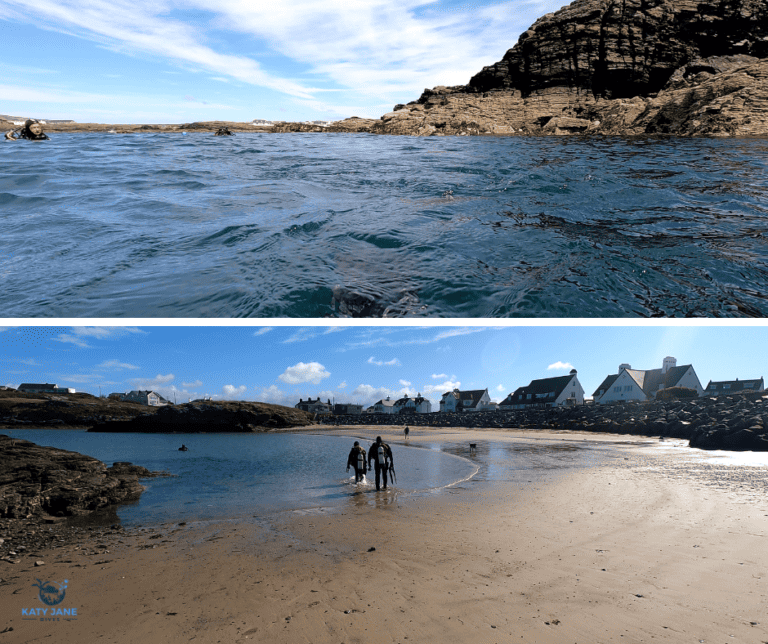
Anglesey, with its 124-mile coastline, rivals any global diving location, offering a diverse underwater landscape ripe for exploration. The island’s maritime heritage, marked by numerous shipwrecks caused by southwesterly winds, presents a unique opportunity for divers to explore historical ruins beneath the sea. These wrecks, varying in condition, tell stories of Anglesey’s past.
Additionally, the island’s reefs, especially those near the Menai Strait, provide stunning dive spots.
The clarity of Anglesey’s waters enhances visibility, making diving excursions more enjoyable. Sheltered bays offer safe environments for beginners, while experienced divers can explore the abundant wrecks. Anglesey’s marine life diversity further enriches the diving experience, setting it apart from other locations.
Being close to Anglesey, it’s my preferred destination for coastal diving during the UK’s spring and summer months, and it is easily reachable within a few hours’ drive. However, diving in Anglesey requires caution due to strong tidal currents, and I can’t emphasise enough the importance of planning dives during slack water periods for safety.
St Kilda, Outer Hebrides
The St Kilda archipelago, situated in the Atlantic Ocean 100 miles off the mainland of Scotland, offers a diving experience unlike any other in the Outer Hebrides. Formed by volcanic activity over 60 million years ago, its islands, including Hirta and Boreray, feature dramatic landscapes with jagged cliffs and the UK’s highest sea stacs.
This geological history has resulted in unique underwater caves and tunnels, making it one of Europe’s premier dive sites. Divers can expect exceptional visibility and a chance to explore the abundant marine life considered the finest in Britain. St Kilda’s remote beauty and ecological significance make it a must-visit destination for adventurous divers.
It might just be one of the best dive sites in the UK full stop – famous for its commanding cliff views and its unspoilt water clarity. However, weather can change quickly here, so brace yourself for potential cancellations.
The St Kilda archipelago is the place to see basking sharks but the allure of the area extends beyond its aquatic life; it also serves as a sanctuary for birdwatching enthusiasts.
Several excellent liveaboard cruises, not specifically for diving, are available to transport you to the archipelago. Booking organised multi-day expeditions is ideal for dive buddies or small groups, offering a deep dive into the captivating world of St Kilda.
HMS M2
The HMS M2, located off Dorset, UK, is a poignant war grave, recognised for its tragic sinking in 1932 which resulted in the loss of its entire crew.
This submarine is notably unique for housing a small aircraft within a hangar on its conning tower, believed to have flooded due to an improperly sealed door during emergency dive practices.
Today, the M2 remains a compelling dive site, largely intact except for the loss of its crane and propellers due to past salvage operations, offering divers a rare glimpse into naval history.
Scapa Flow, Orkney Islands
Diving in Scapa Flow, UK, offers a unique blend of historical intrigue and natural beauty, appealing to experienced divers. The area is renowned for its wrecks of the German High Seas Fleet, presenting a fascinating but challenging exploration opportunity.
With a dive season extending from Easter to early November and visibility improving in autumn, Scapa Flow’s natural harbour allows for diving even in windy conditions. The blockships in Burra Sound, requiring careful timing with slack water, are popular sites, especially the Tabarka, known for its vibrant marine life amidst strong tides.
Swanage Pier, Dorset
Swanage Pier in the UK is an ideal spot for an easy shore dive, perfect for beginners to UK diving with its shallow depth of 5-6 metres at the far end.
Divers can follow the pier legs to explore the underwater world, discovering sea grass beds on the east side and encountering marine life such as flatfish, crabs, anemones, and photogenic blennies along the pier legs.
Accessing, navigating, and exiting Swanage Pier is straightforward, with convenient parking available. However, as it remains an operational pier, divers are advised to deploy a DSMB when venturing away from the structure for safety.
The Manacles, Cornwall
The Manacles boasts a breathtaking underwater landscape, known for its vibrant jewel anemones covering granite rocks and diverse marine life inhabiting scenic gullies, walls, and crevices. This site offers a range of depths suitable for both novice and advanced divers, including wreck dives, with visibility up to 30 meters in deeper areas.
Diving here is typically conducted from local boats, providing access to its rich biodiversity and cooler water temperatures, varying seasonally between 7°C in March and 16°C in the summer.
Capernwray, Carnforth
Capernwray, in the Lake District, is a quarry renowned for its crystal-clear waters, ranked as the second cleanest in the UK, offering exceptional visibility for divers. Not only is it the perfect place for UK divers to train, it is home to a rich aquatic life, including vast shoals of roach, perch, friendly trout, and notably large sturgeons, creating a vibrant underwater ecosystem.
The site is equipped with purpose-designed training platforms catering to all levels, underwater overhead environment for advanced training, and a variety of submerged attractions, including a new addition of a Wessex helicopter, enhancing its appeal as a top diving destination with comprehensive facilities for both training and exploration.
Every visit to Capernwray has left me impressed with the maintenance of both the facilities and the quarry itself, set against a scenic backdrop that’s enjoyable for divers and non-divers alike. The area boasts ample local accommodation and the center provides a comprehensive range of equipment for hire, enhancing the overall diving experience.
Other Dives Sites You May Like
Is the UK Good for Scuba Diving?
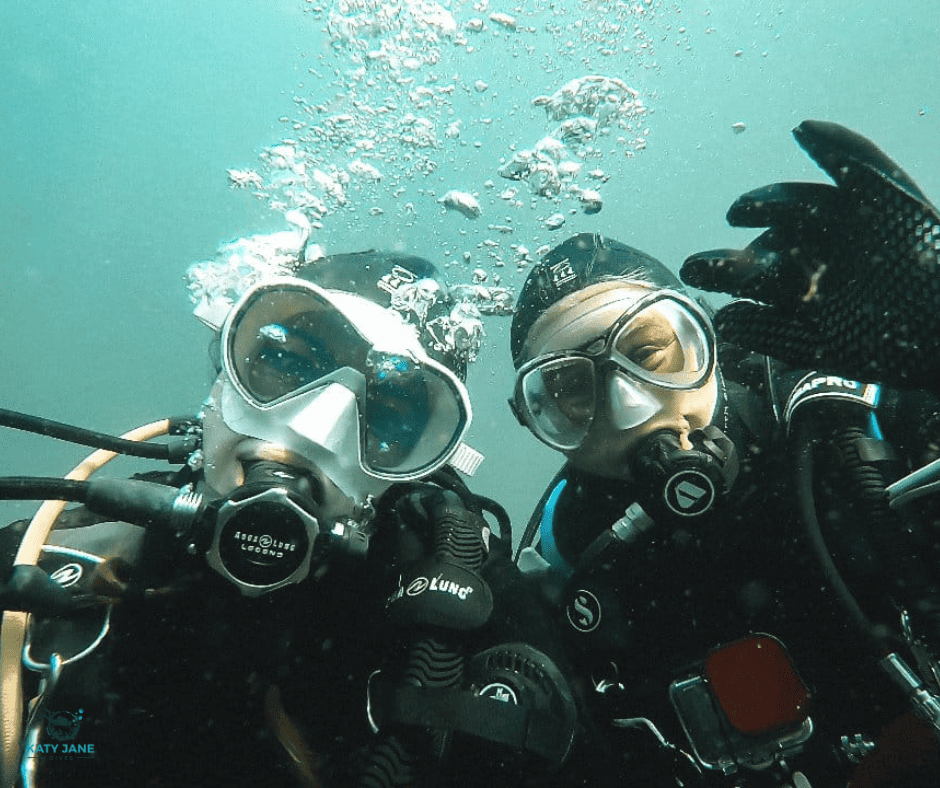
The UK is indeed an excellent destination for scuba diving, offering a wealth of underwater treasures including an array of historical wrecks from WW2 ships and submarines, some dating back centuries. Divers have the opportunity to explore these fascinating sites, alongside encountering diverse marine life such as grey seals, sharks, and a variety of crustaceans.
The seas around the UK are home to vibrant anemones and kelp forests, showcasing the surprising and wild beauty of British waters. This rich biodiversity and historical intrigue make the UK a captivating location for divers of all levels.
Can You Scuba Dive Anywhere in the UK?
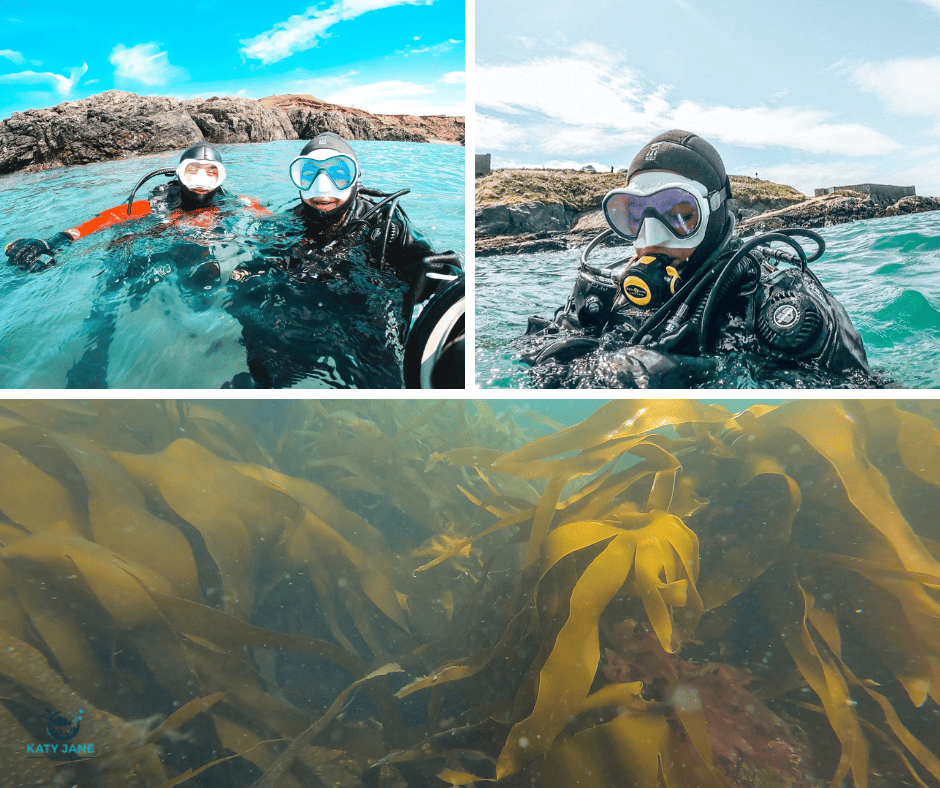
Technically, you can scuba dive anywhere in the UK, but diving without proper qualifications or guidance is not advisable. UK waters offer diverse dive sites but navigating them safely requires experience and knowledge. It’s recommended to have an Open Water qualification and some diving experience.
Additionally, undertaking a PADI Dry Suit Speciality Course is essential for those wishing to dive in dry suits, enhancing safety and comfort in the cooler UK waters.
Is Scuba Diving Expensive in the UK?
Diving costs in the UK vary based on the type of diving—shore, boat, or liveaboard—with shore diving being the most economical and liveaboards offering extended adventures. Beyond the diving method, factors like equipment, training, and travel significantly influence expenses.
Before diving, especially into the UK’s notable wrecks, thorough research on necessary gear is essential. Comparing prices for equipment and courses, alongside accommodation costs, whether on a liveaboard or land-based, is advisable. Surprisingly, destinations like Scapa Flow may be more affordable than anticipated.
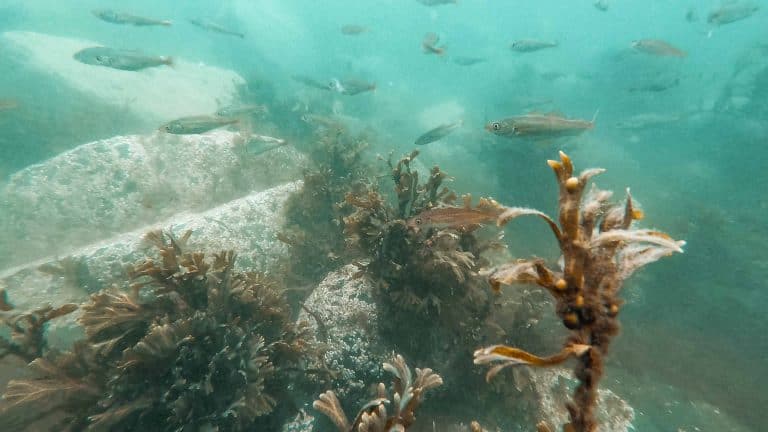
Where Do I Start?
Always consider consulting a local PADI dive center for a Discover Local Diving session or a professional dive with the center.
Remember, British waters can be much colder than tropical destinations like the Indian Ocean, especially for those new to cold water diving. For insights on cold water diving, including gear and its unique appeal, reading up on specialised blogs can be beneficial.
For those not yet certified in scuba diving, exploring beginner guides and certification information, such as the PADI Open Water Diver course, is recommended. British diving offers much to see and an endless diverse choice of sites.
